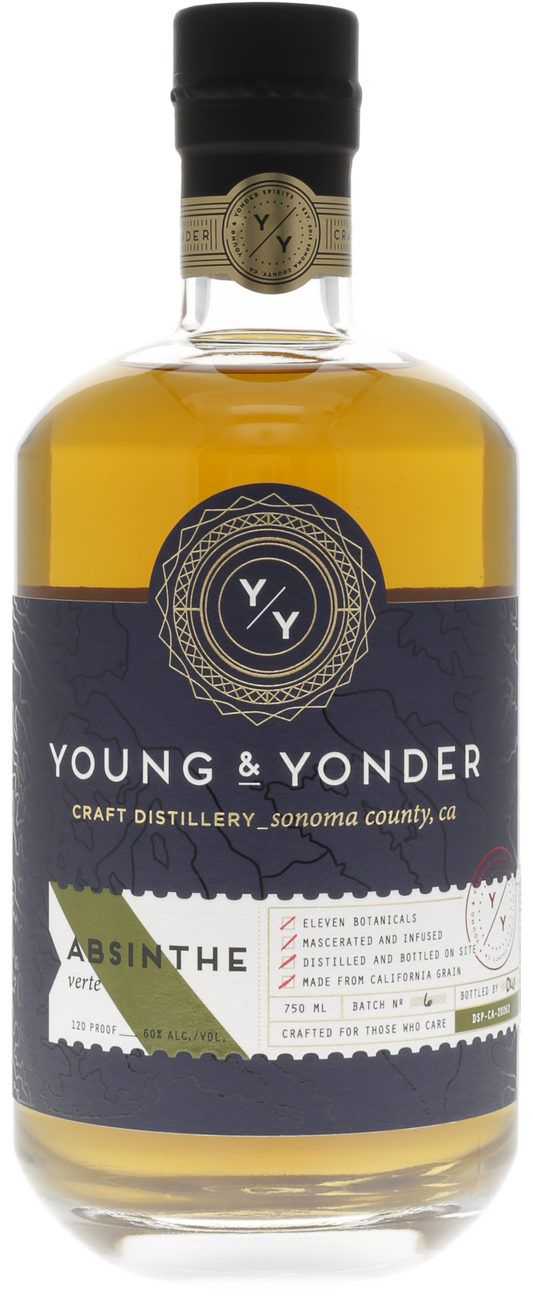Absinthe
-
 Sold out
Sold outAbsinthe Verte
Vendor:Young & Yonder SpiritsRegular price $35.00Regular priceUnit price per$74.00Sale price $35.00Sold out -
Wheel House Absinthe Verte
Vendor:Gold River DistilleryRegular price $35.00Regular priceUnit price per$67.00Sale price $35.00Sale -
Gate 11 Infame Absinthe
Vendor:Gate 11 DistilleryRegular price $61.00Regular priceUnit price per -
 Sold out
Sold outAbsinthe Verte
Vendor:Atelier VieRegular price $50.00Regular priceUnit price per$105.00Sale price $50.00Sold out -
 Sold out
Sold outEmerald Absinthe
Vendor:Violet Crown SpiritsRegular price $132.00Regular priceUnit price per -
 Sold out
Sold outAbsinthe Rouge
Vendor:Atelier VieRegular price $50.00Regular priceUnit price per$105.00Sale price $50.00Sold out










